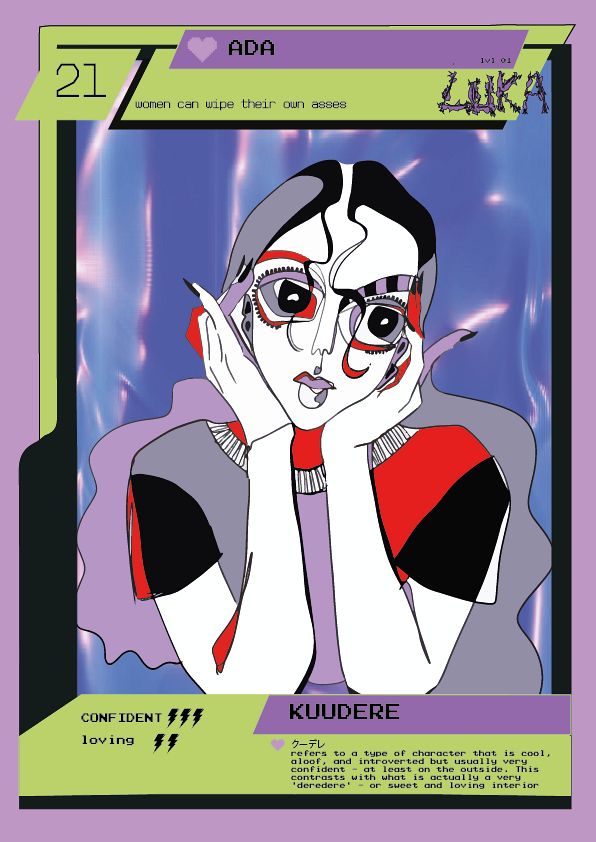
Luka Dortmans
Internship: unridden
I transform OLD garments into something new and contemporary. By painting right on the garments, adding unusual materials , collaborating with different artists and using bold bright colors it gives the raw look that I’m looking for. My illustrations are recognizable by their graphic big bold black and white lines. I will create the best if I’m not following the standard ‘’rules’’. My ideas are built around my illustrations and can manifest in various shapes, ranging from tapestry and installations to garments.
I use my illustration to express personal and societal emotions and theme’s. I illustrate without and idea or an end goal. The feeling and the flow of the moment will lead into and idea for what the drawing could end up in.
GRADUATION PROJECT
I’ve always had a fascination for Japan, Japanese subcultures and Japanese pop culture. Over the past years, I have researched different aspects of Japanese youth, mainly those cultural groups that are considered as ‘outsiders’. Elements that don’t fit in, play quite a big rol in my work. I’m fascinated by creating your own unique version of yourself, escaping the standards and the strict rules.
For my graduation collection I focussed on the world of the Bosozoku, Sukeban and Yankii. What intrigues me the most about Sukeban and Bosozoku girls is that they create their own world. A different world they where asked to live in. Breaking the rules and breaking Japanese standards. Finding their own fascinations for fashion and motorcycles. Belonging to a group who respects your life choices.
In my collection, I created my own girl gang with each girl having her own personality and looks, but still showing togetherness as a whole. It is based on the girls who I experienced in my life and on how I felt when I was left out by the ‘’norm’ or at least what was seen as normal in society. In the collection I will create my own gang by recycling old garments and make it into something new. This is something I used to do myself as I never could find the garments I liked, or they were simply just to boring.
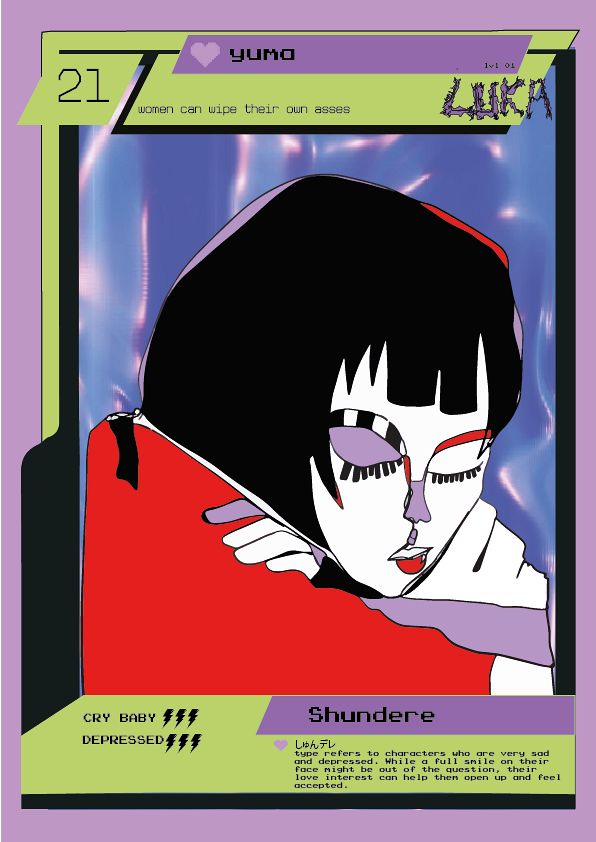
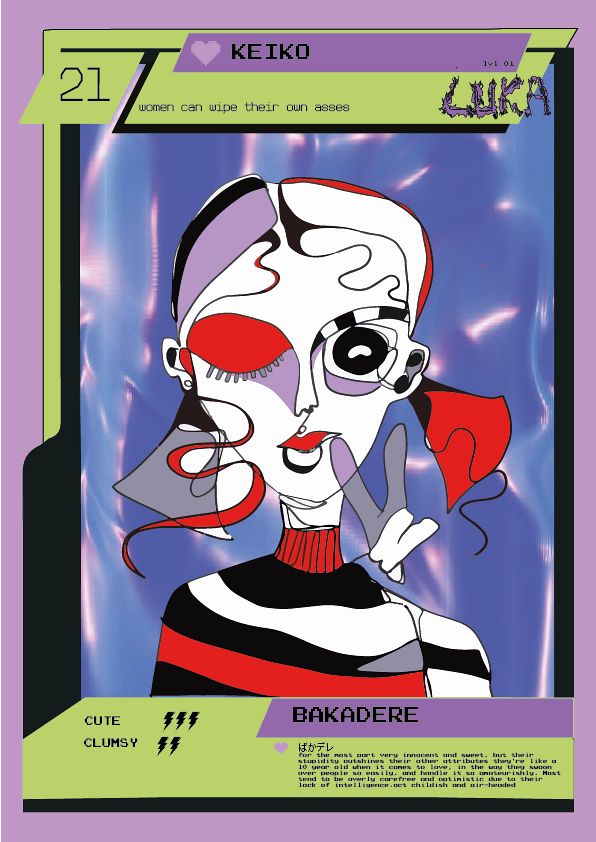
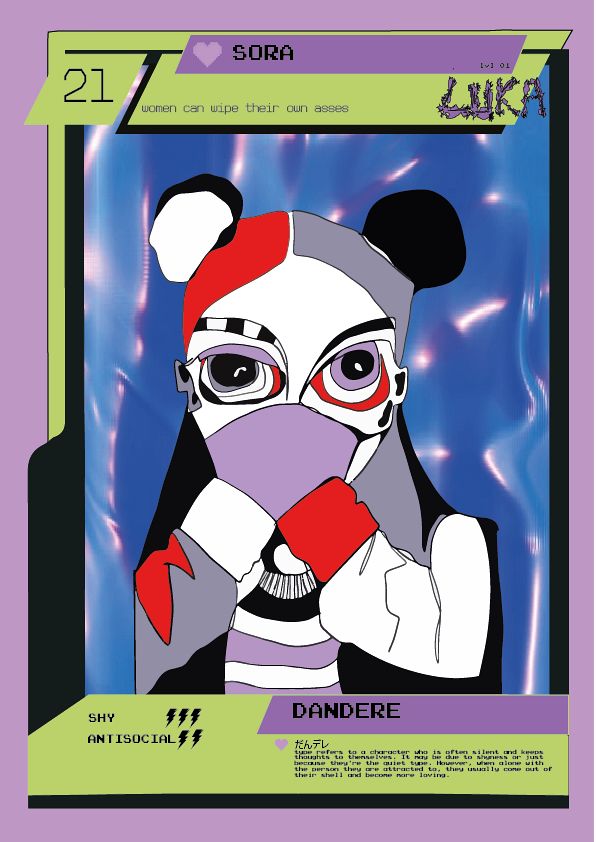

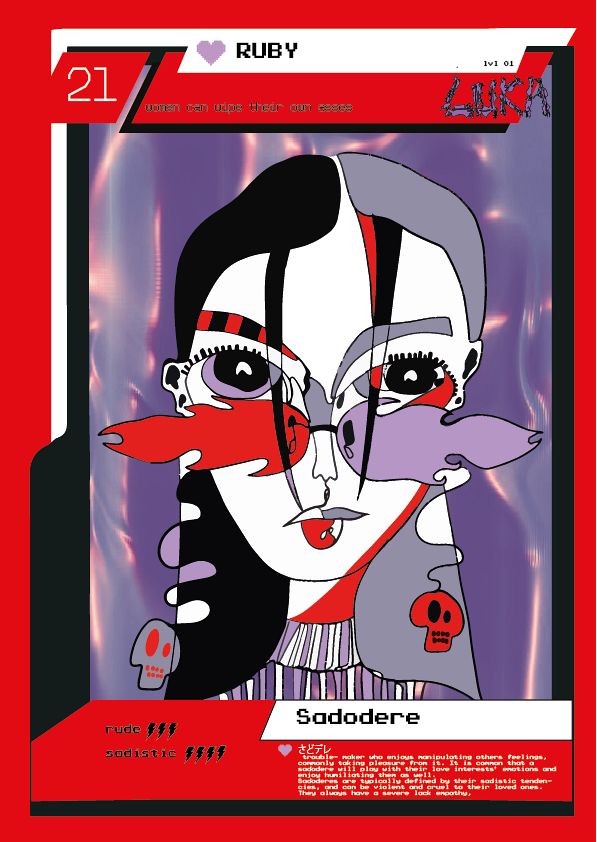

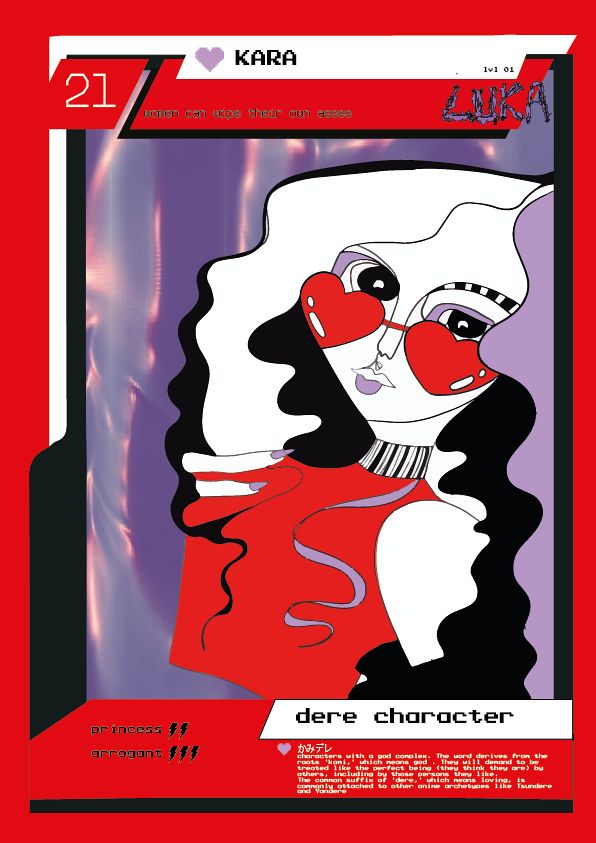
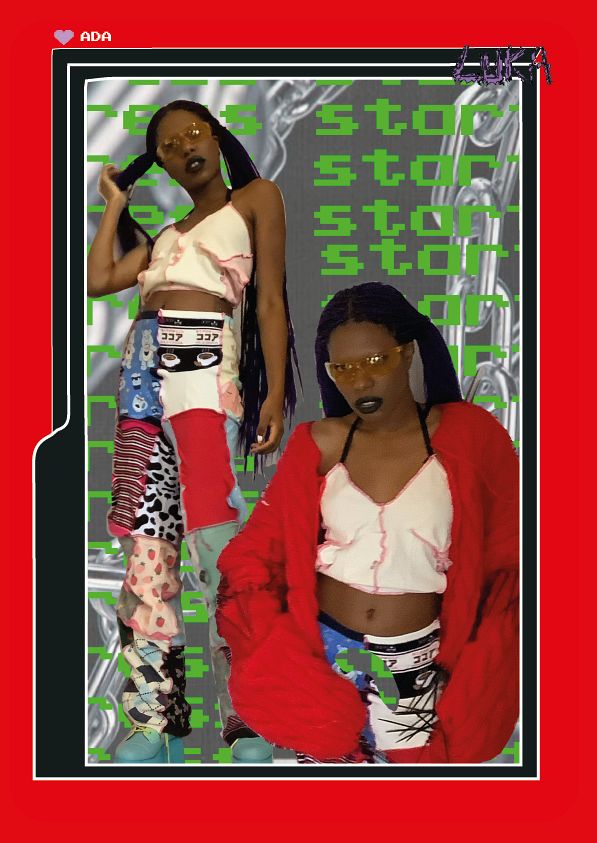
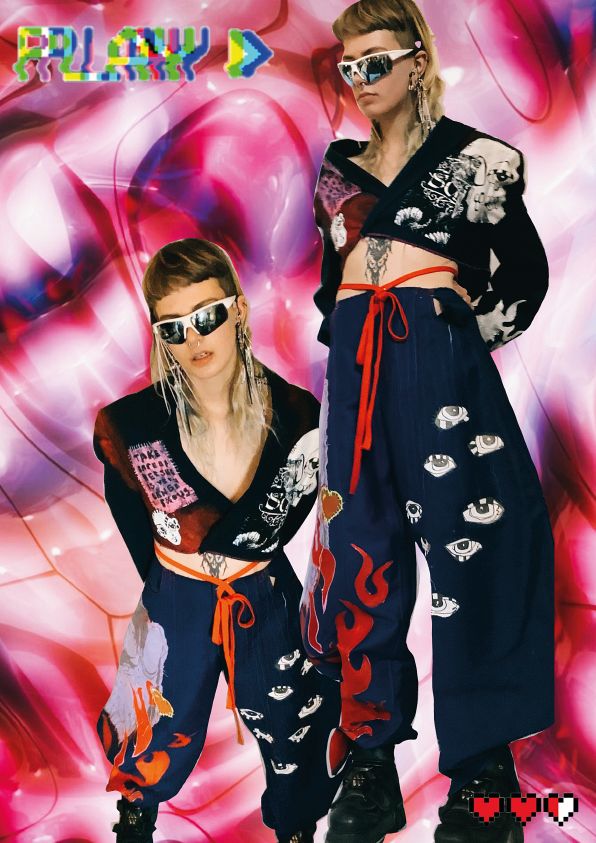
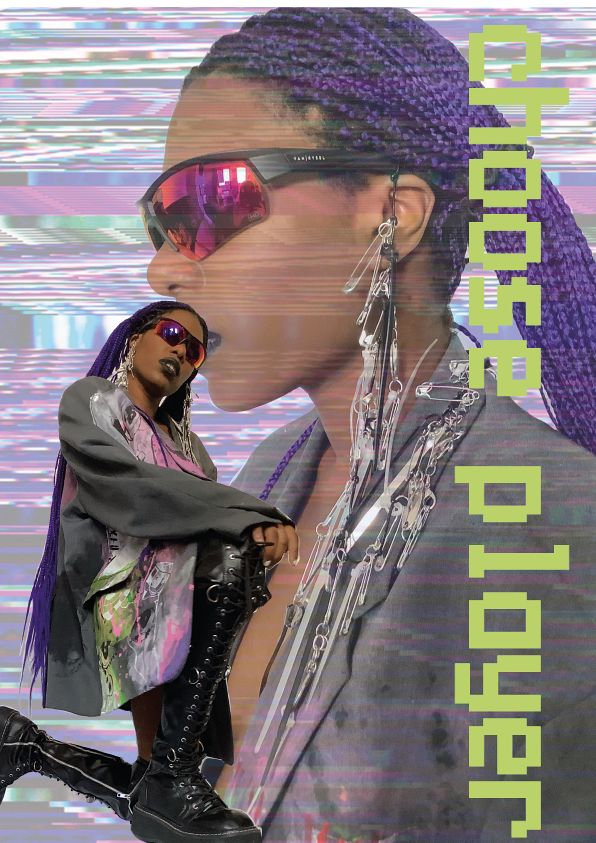

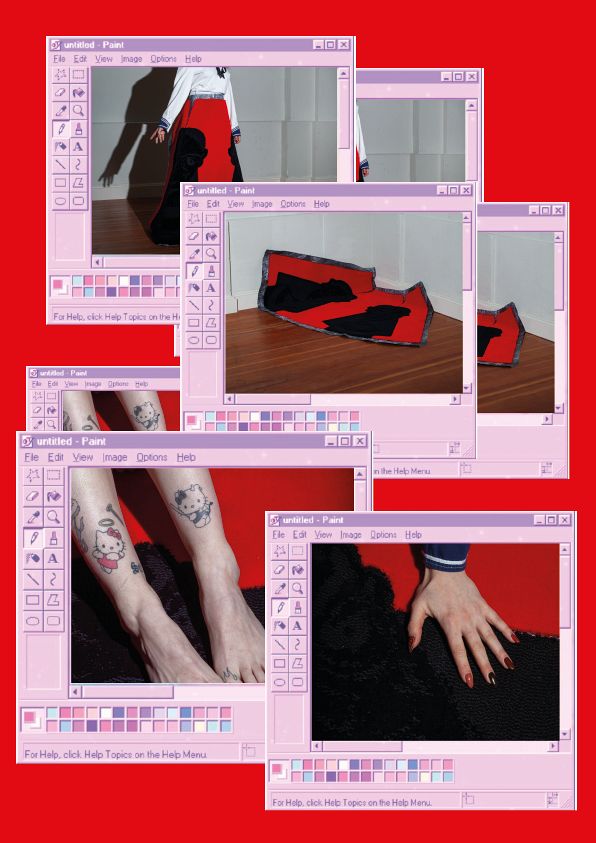
WOMEN CAN WIPE THEIR OWN ASSES
Thesis
Introduction
The school uniform has always been a symbol of uniformity but the wearer's will and wishes and youth cultures changed the way people looked at the uniform. In any case, Japanese school uniforms are a one-of-a-kind phenomenon and have become a cultural symbol, recognized by people from all around the world. For Japanese youth in the tumultuous 1970s, Western, sailor-style uniforms were an unwanted symbol of tradition. Indeed, while we tend to see the super “kawaii” (Japanese for cute) sailor suit as a thoroughly modern invention (thanks, Sailor Moon), the seifuku (sailor costume) has been popularised by the education system in Japan since the early 20th century. However, students did not like the standard style and they gradually changed it into a more fashionable version. The altering of the school uniforms leaded to the sukeban boom. The sukeban/yankii girl literally means “girl boss”, but in common practice it has the meaning of “delinquent girl”. Sukeban is the female version of the Bancho. They where the leaders of the middle and high school gangs, that started to appear in Japan in the 1960s. Both sukeban and tsuppari became somewhat of a phenomenon, bringing forth movies, books, manga, and bands.
Sukeban can be seen as a reaction against the sexual revolution of the 60s, a means of protection by which girls could show that their existence wasn’t defined by the desires of male onlookers. Fast forward to the 90s, and this trend had completely reversed itself: by then, the “bad girl” was the one wearing gallons of make-up who had rolled up her skirt’s waistband to turn it into a ultra-short mini skirt. In the 21st century all-girl motorcycle gangs, best referred to in English as “speed tribes” emerged when the girlfriends of male biker gang members became fed up of being stuck on the back of the bike. As the expectations for young women to marry and settle continue to be a fact of life in Japan, so too has this all-girl outlaw subculture prevailed as an alternative narrative and alternative way of living for young women.
The idea of my collection is developing my own girl team. Each of the girls has their own individuality and characteristics, but still there is a harmony in the group making each other stronger. Using different elements of a school uniform.
In this thesis we will talk about the history of the school uniforms, the rise of the Sukeban, yankii and bosozoku. and their motives to join these gangs. And how it became more of a show-off your vehicle instead of violent motives.